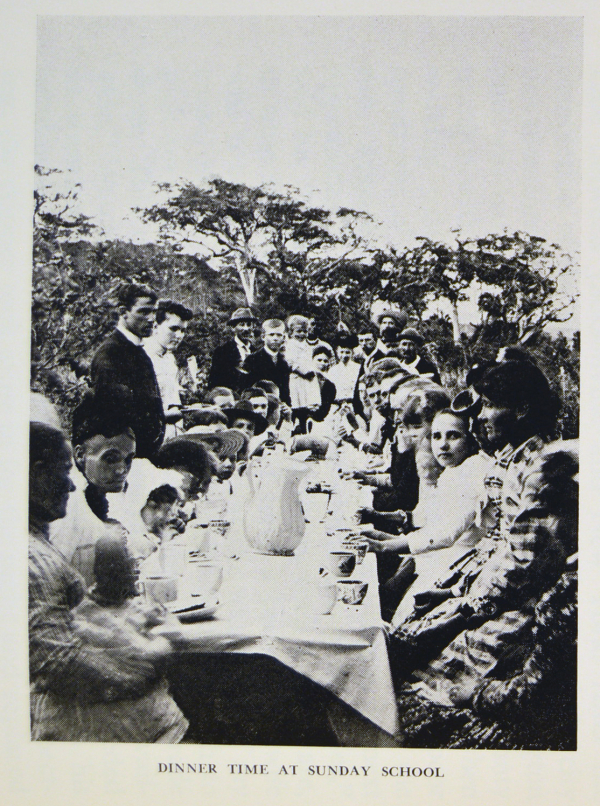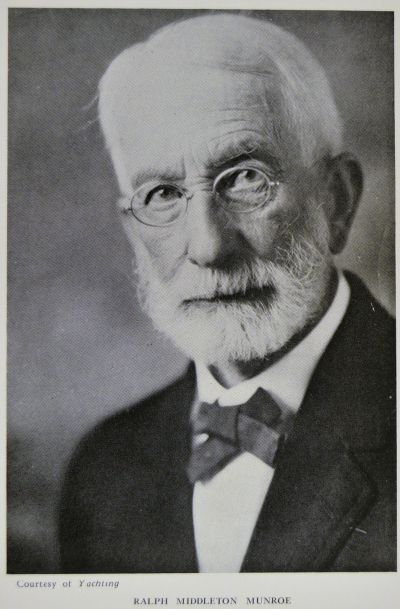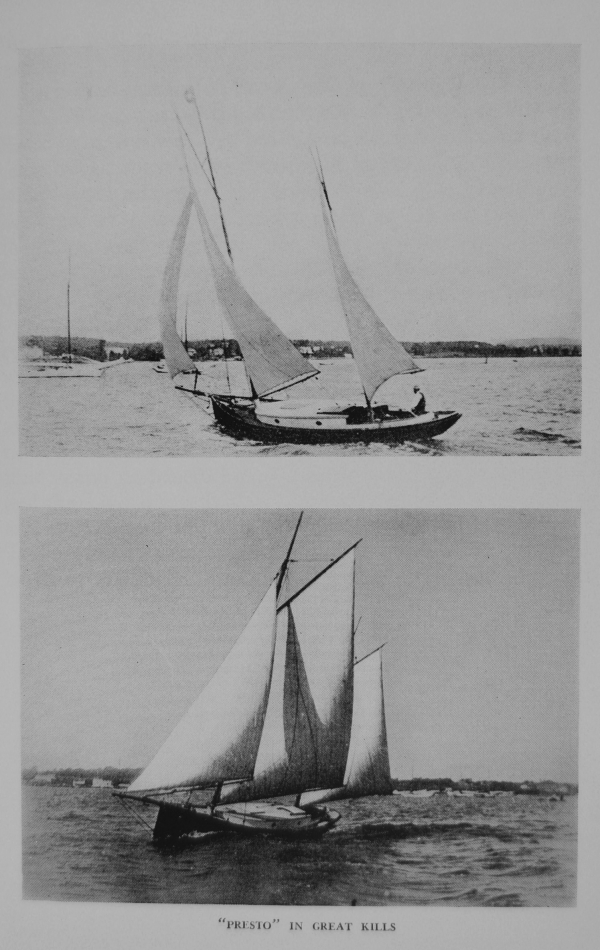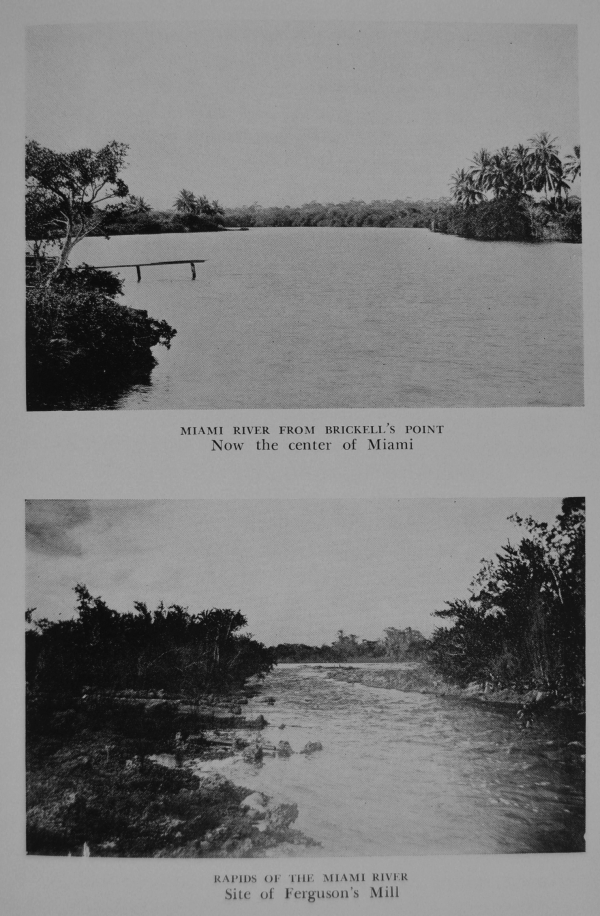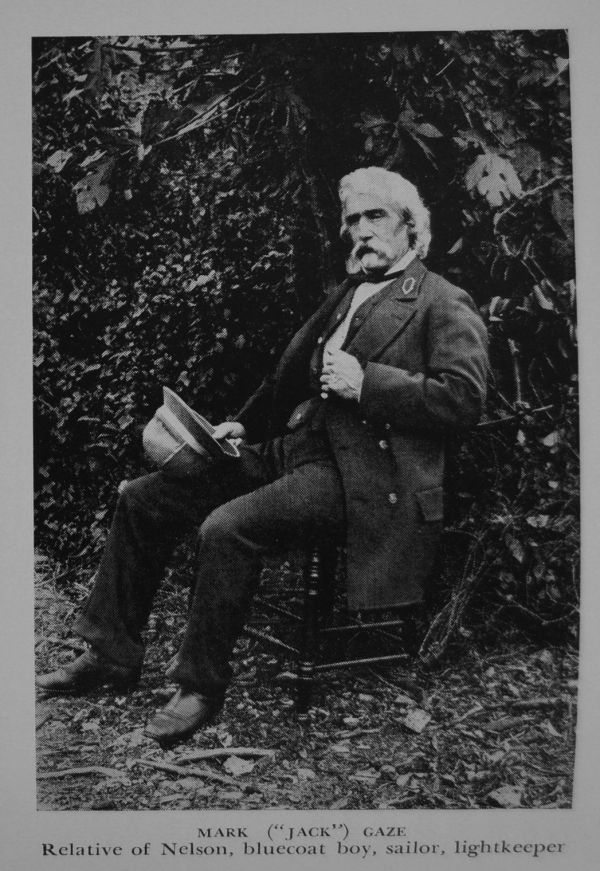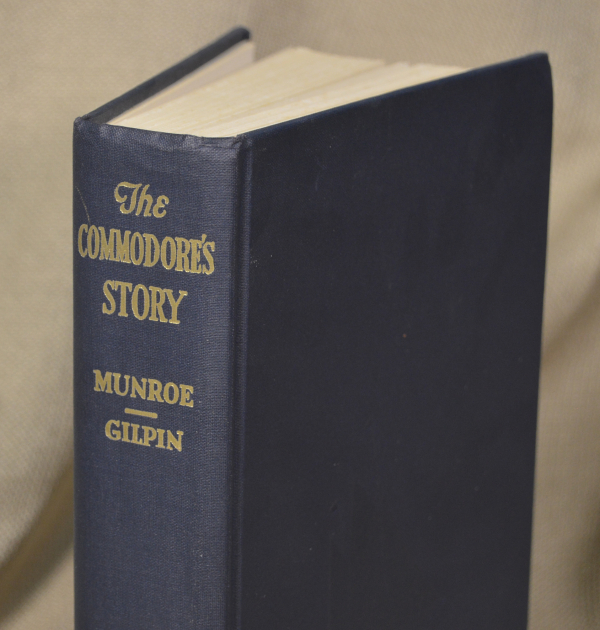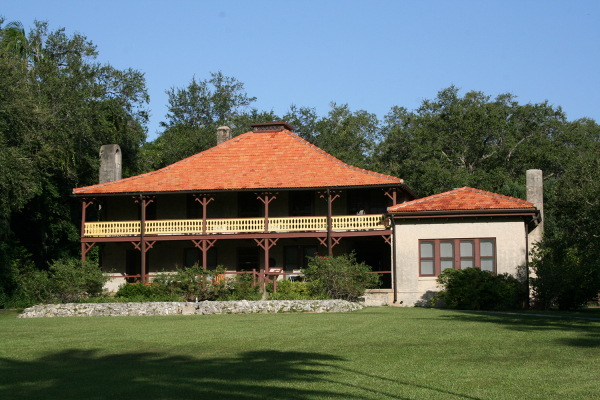This is nearly the entire population of Metro Dade in the 1880’s, captured by one of the early settlers who was himself captured by the natural beauty of Biscayne Bay.
That pioneer was Ralph Middleton Munroe (1851-1933), a New York-born businessman, who decided in the 1870’s to travel to the wild and remote part of Florida now known as Coral Gables. This was before the railroad reached that far south, so to get to the remote but beautiful area he and his wife, ill with tuberculosis, had to take an oceangoing steamer to Key West, then board a smaller craft to head up the Keys to the little settlement on the bay.
That 1877 trip did not end well. His wife died. Her grave, now on the property of the Coconut Grove Library, is the oldest marked grave in Dade County. Munroe returned to Staten Island for a few years, but the lure of Florida remained and in the late 1880’s he returned, settled down for good and became a strong advocate for Coral Gables’ natural beauty.
He also indulged two other long- time interests.
The first was boat design and building. Growing up he was no stranger to the sailing arts. He spent a lot of time in the waters of New York and New England. He put his knowledge to work designing and building crafts that worked well in the shallow waters off South East Florida.
His other interest, fortunately for us, was photography. He captured his yacht designs.
He captured the natural beauty of undeveloped Miami.
Perhaps most importantly, he captured the people who visited and settled there, managing to let some of their personality peek through the stiff and formal photographic traditions of the era.
These images and many more, along with a spritely narrative of his adventures and love for the area, are all found in his 1930 autobiography. He didn’t write about the heat and mosquitoes, but did offer a clear-eyed view of what he found. For example, of that first 1877 visit he noted, “Nothing of course suggested the future population of Biscayne Bay, no more isolated region was to be found in the country, and any scarcely less productive. The few hardy settlers depended on the products of the sea to get plentiful game for food.”
A first edition copy is in the collection of the Library of Florida History. Now, why “The Commodore’s Story”? It is a legacy from that interest in boat building. Among other things, Munroe became the head of the Biscayne Bay Yacht Club, with the title of Commodore, naturally.
Nor are written words and black and white photos the only representation of that time Munroe left us. His 1891 house, whimsically named “The Barnacle” and the forest on his land remain intact, now preserved as a state park (https://www.floridastateparks.org/parks-and-trails/barnacle-historic-state-park).
A visit to the park is a chance for everyone to experience the same natural beauty of old Florida that so captured the Commodore imagination and heart.
